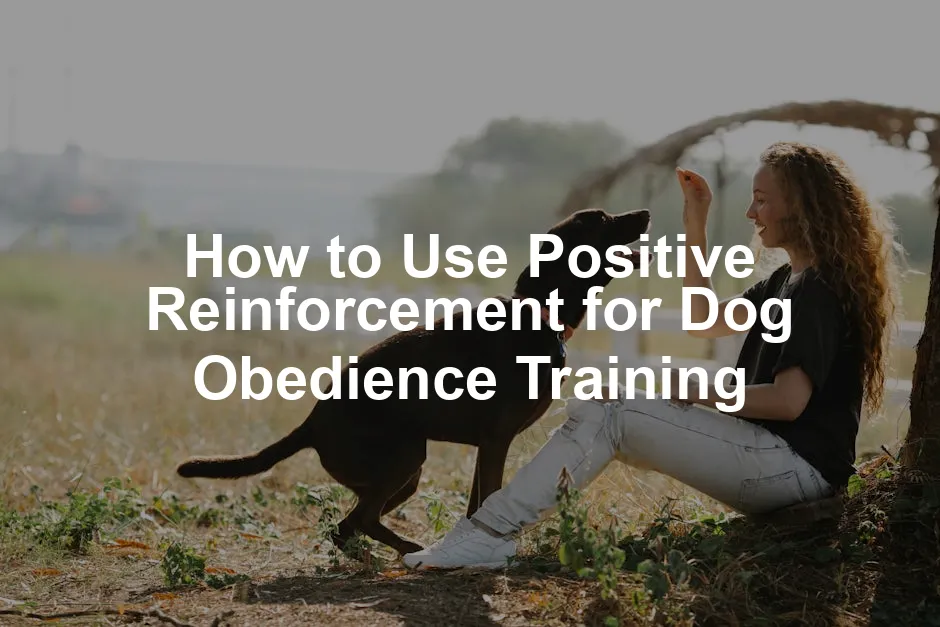Introduction
Positive reinforcement is a powerful method in dog training. It encourages good behavior by rewarding your dog for following commands. This approach not only enhances obedience but also strengthens the bond between you and your furry friend. In this article, we’ll guide you on effectively implementing positive reinforcement techniques.
Understanding the importance of positive reinforcement can greatly improve your training sessions. Explore effective positive reinforcement techniques for stubborn dogs.
Summary and Overview
Positive reinforcement involves providing a reward immediately after your dog exhibits a desired behavior. The goal is to increase the likelihood of that behavior being repeated. Rewards can include treats, praise, or playtime. Using this method enhances your relationship with your pet and improves their overall behavior.
When you consistently reward your dog for good actions, they learn what is expected of them. This process builds trust and understanding, making training enjoyable for both of you. In the following sections, we will explore the key concepts of positive reinforcement, the science behind it, and practical techniques you can apply.
Speaking of rewards, don’t forget to stock up on some tasty dog training treats. These little bites of joy are perfect for rewarding your dog during training sessions, keeping them motivated and eager to learn!

Understanding Positive Reinforcement
What is Positive Reinforcement?
Positive reinforcement refers to adding something pleasant immediately after a behavior, boosting the chances of that behavior happening again. For example, if your dog sits on command and you give them a treat, they learn that sitting results in a reward. This method contrasts with negative reinforcement, which removes something unpleasant, and punishment-based methods that rely on fear.
In positive reinforcement, the focus is on encouraging good behavior through rewards. This can include treats, verbal praise, or physical affection. By rewarding your dog, you help them understand what you want, fostering a positive learning environment.
To enhance your training sessions, consider using a clicker for dog training. This handy tool provides clear communication, making it easier for your pup to understand when they’ve done something right!
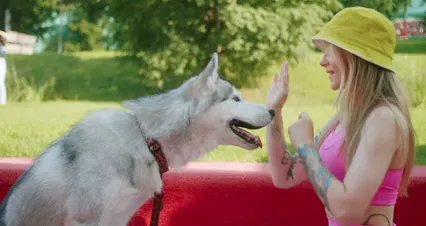
The Science Behind Positive Reinforcement
Positive reinforcement is rooted in operant conditioning, a learning principle where behavior is shaped by its consequences. When a dog receives a reward for a specific action, they are more likely to repeat that action in the future. This method utilizes two key concepts: reinforcement and behavior modification.
Research shows that dogs trained using positive reinforcement exhibit fewer behavioral issues. They are more confident and less prone to fear or aggression. By rewarding desired behaviors, you create a positive association, encouraging your dog to engage in good behavior consistently. Observing your dog’s reactions to different rewards can help you tailor your training approach effectively.
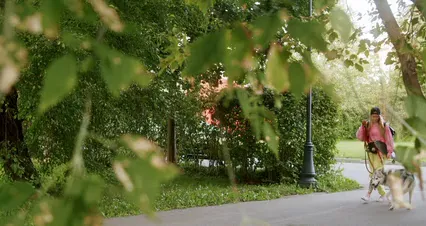
Implementing Positive Reinforcement Techniques
Choosing the Right Rewards
When training your dog, rewards play a vital role. Common types include treats, toys, and verbal praise. Treats are often the most effective because they capture your dog’s attention quickly. However, not all treats are created equal. High-value rewards, like soft, smelly options, can make a significant impact. You can learn more about this in our guide on how to prepare homemade frozen dog treats for summer.
Using high-value treats can significantly enhance your dog’s training experience. Learn how to prepare homemade frozen dog treats for summer to keep your dog motivated.
Observe what excites your dog the most. Do they perk up at the mention of their favorite toy? Or do they wag their tail at the sight of a treat? Personalizing rewards based on your dog’s preferences is essential. For some dogs, a game of fetch may be more motivating than food.
Speaking of toys, consider investing in some interactive dog toys. These can keep your dog engaged and entertained, making them perfect for reward-based training!
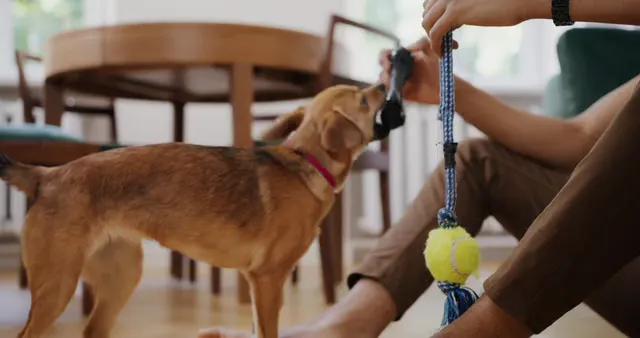
Timing Your Rewards
Timing is crucial when using positive reinforcement. Delivering a reward at the right moment reinforces the desired behavior. Immediate rewards help your dog make the connection between their action and the reward. For example, if you use a clicker, click it right when your dog performs the command correctly. This instant feedback allows them to understand what they did right.
Immediate rewards build a stronger association with the behavior. Delayed reinforcement, on the other hand, can confuse your dog. It’s essential to practice your timing to ensure success. Try different techniques, like using verbal markers, to enhance your training sessions. Consistently rewarding your dog right after they perform a desired action will lead to faster learning.
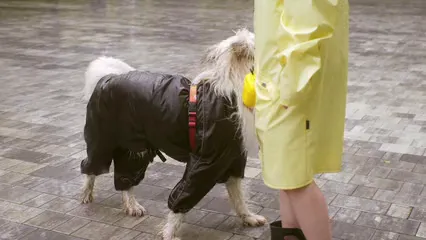
Setting Up Training Sessions
Creating a successful training environment is vital for effective learning. Keep sessions short, ideally around 5 to 10 minutes. Frequent, focused sessions help maintain your dog’s attention. Plan to train several times a day, gradually increasing the difficulty of the tasks.
Additionally, a distraction-free environment is essential. Start training in a quiet space where your dog feels comfortable. As they improve, you can introduce distractions gradually. Adjust the training based on your dog’s behavior; if they seem restless, take a break. By tailoring your sessions, you create a more productive learning experience.
And while you’re at it, consider using a dog training mat to help your pup understand where to focus during these sessions!

Common Mistakes to Avoid
Ignoring Undesirable Behaviors
One major pitfall in dog training is rewarding bad behavior. For instance, if your dog jumps up on guests and receives attention, they may see this as a reward. Even negative attention, like yelling, can reinforce unwanted actions.
Unwanted behaviors include barking excessively, chewing furniture, or begging at the table. These actions can become habitual if not addressed properly. It’s crucial to remain consistent in your responses. If you respond to these behaviors with attention, your dog may repeat them, thinking it’s acceptable.
Instead, focus on redirecting your dog. For example, if they start barking, you can guide them to a toy or engage them in a command they know well. Ignoring undesirable behavior and rewarding positive actions will help clarify expectations.
To help with redirecting, consider using a dog training whistle. It can serve as a great tool to grab their attention and refocus them during training!

Overusing Rewards
Finding the right balance in using rewards is essential. If you reward your dog too often, they may become reliant on treats. This dependency can hinder their motivation to obey commands without a reward.
To avoid treat dependency, gradually reduce your dog’s reliance on treats. Start by rewarding every correct behavior, then transition to intermittent rewards. Verbal praise can be just as effective, making your dog feel appreciated without needing a treat each time.
Mixing up the types of rewards keeps your dog interested. Use toys, affection, or playtime as alternatives to food rewards. This variety prevents training from becoming monotonous and keeps your dog engaged.
Also, consider using a treat pouch for dog training. It makes it easy to carry your rewards and keep your hands free for training!

Advanced Techniques
Clicker Training
Clicker training is a popular method in positive reinforcement. It provides clear communication between you and your dog. When your dog performs a desired action, you use a clicker to mark that moment. This instant feedback helps them understand what they did right.
To start, choose a clicker you’re comfortable with. Begin by clicking when your dog performs the desired behavior, such as sitting. Follow up with a treat immediately after the click. This reinforces the behavior, and over time, your dog will associate the click with a reward.
Practice consistently, and ensure clicker timing is precise. As your dog learns more commands, the clicker can be a valuable tool. Benefits of clicker training include faster learning and clearer communication.

Shaping Behavior
Shaping behavior is a training technique that gradually teaches your dog new commands. Instead of expecting them to perform a command perfectly right away, you break it down into smaller, manageable steps. This method encourages learning in a relaxed way.
For instance, when teaching your dog to “roll over,” start by rewarding them for simply lying down. Once they’re comfortable with that, encourage them to turn onto their side. Reward this behavior too. As they get the hang of it, guide them through the full rollover. This incremental approach helps your dog understand what you want without feeling overwhelmed.
To support your dog during their training journey, consider using a dog training DVD. It can provide visual cues and demonstrations to help you and your pup succeed!
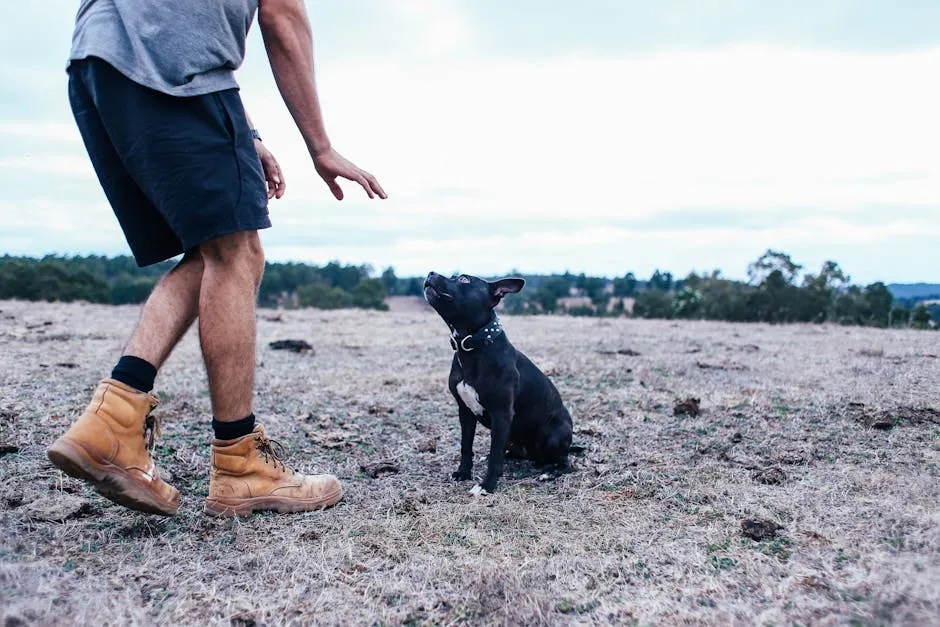
FAQs
What is the best reward for dog training?
The best reward varies by individual dog. Some dogs respond enthusiastically to treats, while others prefer toys or praise. It’s vital to observe what excites your dog most. For instance, a food-driven dog may love small, tasty treats. Conversely, a playful pup might prefer a game of fetch. Tailoring rewards to your dog’s preferences enhances motivation and engagement during training.
Can positive reinforcement training work for all dogs?
Yes, positive reinforcement is effective for most dogs. However, some may need different approaches. Dogs with past trauma or specific behavioral issues might require more patience or specialized techniques. Understanding your dog’s unique personality is crucial. If your dog struggles, consider consulting a professional trainer who specializes in positive methods.
How long should training sessions be?
Training sessions should ideally last between 5 to 15 minutes. Puppies typically benefit from shorter sessions, while older dogs can handle slightly longer durations. Keeping sessions brief maintains your dog’s focus and enthusiasm. If your dog shows signs of boredom or frustration, it’s best to take a break. Frequent, short training sessions yield better results than longer, drawn-out ones.
What if my dog doesn’t respond to rewards?
If your dog isn’t motivated by rewards, reassess their preferences. Sometimes, a less appealing treat or toy may not excite them enough. Try experimenting with different rewards, such as higher-value treats or interactive play. Additionally, consider the timing of your rewards; immediate reinforcement is crucial for effective training. If challenges persist, consult a trainer for tailored strategies.
Is positive reinforcement training safe?
Absolutely! Positive reinforcement is a humane training method. It fosters a trusting relationship between you and your dog. This technique avoids fear-based tactics, promoting a positive learning environment. Dogs trained with kindness are often more confident and less anxious. Focusing on rewards rather than punishment leads to better behavior and a happier pet overall.
Please let us know what you think about our content by leaving a comment down below!
Thank you for reading till here 🙂 And remember, if you’re planning a trip with your dog, a dog travel bag can make your life a lot easier!
All images from Pexels

